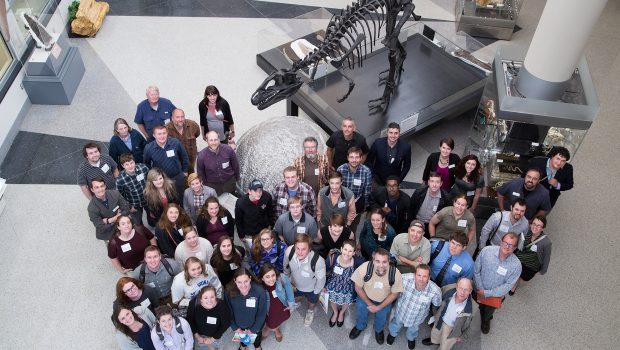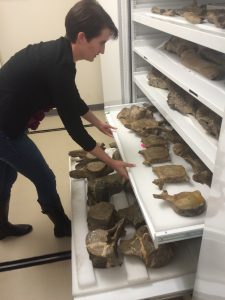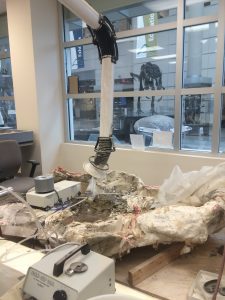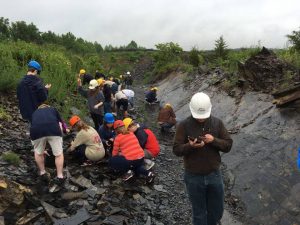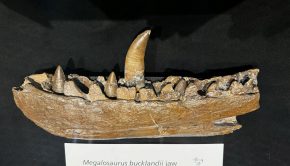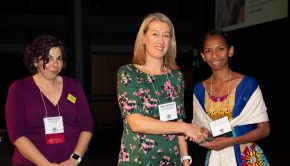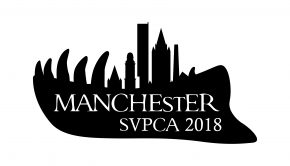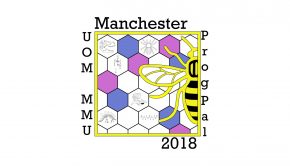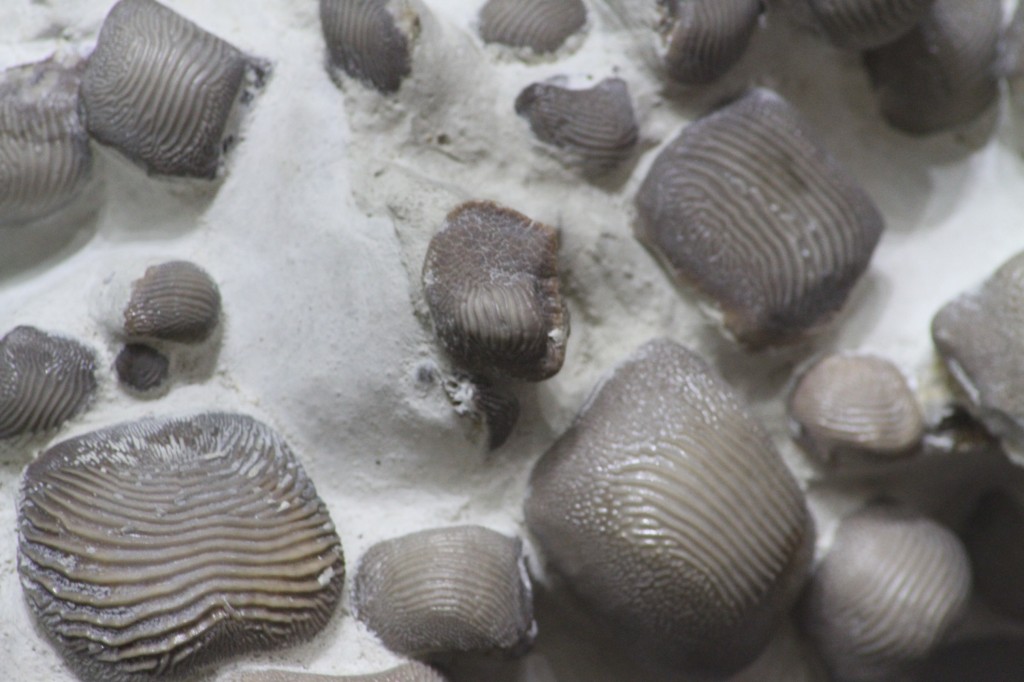SeAVP Conference 2016
The Southeastern Association of Vertebrate Paleontology (SeAVP) conference took place on May 16 at the Virginia Museum of Natural History (VMNH) in Martinsville, VA. The conference included students and faculty from nearly a dozen institutions from across the southeastern United States including East Tennessee State University, Virginia Tech, Duke University, and Howard University as well as researchers from the Virginia Museum of Natural History and the Florida Museum of Natural History. Talk and poster topics ranged from marine paleoecology, proboscidean taphonomy, growth in early dinosaurs, comparative morphology studies of mammals, snakes, and reptiles, new fossil discoveries, stable isotope analyses, endocranial adaptations in phytosaurs, early evolution of bird-line archosaurs, short-faced bear evolution, and the evolution of large body size in archosaurs.
The VMNH has paleontology, archaeology, recent vertebrate and invertebrate, and geology collections. The museum’s fossil collections house over 10 million plant and animal specimens, including a large collection of Triassic fossil insects, Jurassic and Cretaceous dinosaurs from the western United States, and the fossils from a Miocene marine site which include the giant shark Carcharocles megladon. They also have a rare example of dinosaur behavior from the fossil record in the remains of an adult Triceratops with Tyrannosaurus rex bite marks.
Paleontology Collections Technician (and fossil bug digitizer) Christina Byrd shows off the holotype of an extinct species of baleen whale, Eobalaentoptera harrisoni from the Carmel Church Quarry in Ruther Glen, Virginia (14 Ma). The whale has been called Caroline, after Caroline County where the fossil was found and a reconstruction hangs in the Hall of Ancient Life in the museum.
The paleontology lab is on view to the public and features an enormous jacket of a Triceratops skull, which was collected in Montana in 1998. Lab manager and preparator Ray Vodden is undertaking the extensive job and has already uncovered interesting features on the skull, including possible keratin preservation.
“We use our prep lab heavily, with fossil shark teeth, a lot of whale skulls, and several other dinosaurs all being actively prepared now. We also do quite a lot of molding and casting for outreach, research, and exhibition,” said Dr. Alex Hastings, Assistant Curator of Paleontology.
The museum is in the small Virginia town of Martinsville, with a population of ~14,000. Martinsville is the hometown of Dr. Noel Boaz who began the Boaz Foundation in 1984, which became the Virginia Museum of Natural History in 1988. He believed that even small towns should have great scientific institutions and despite its distance from any major cities, the museum receives ~35,000 visitors annually. “In addition, through museum outreach, temporary displays at other institutions, and distance learning programs, the VMNH reaches around 250,000 people annually outside of the VMNH itself,” says Dr. Hastings.
The collections at the VMNH are open for visiting researchers and museum staff are in the process of digitizing the collections, which can be accessed at iDigBio and at the museum website (www.vmnh.net).
The conference field trips included the Solite Quarry, Virginia Tech laboratory facilities, and a trip out to Stratford Hall.
The Solite Quarry was brought into the paleontological spotlight with Dr. Paul Olsen’s 1978 Science paper, highlighting the exceptionally preserved fossils at the site. The Late Triassic Lagerstätte (~225 Ma) includes plants (cycads and conifers), insects (water bugs, flies, and beetles), arthropods (clam shrimp and spiders), fish (coelacanths), and the small aquatic reptile Tanytrachelos, which is very common at the site. The exceptional preservation of fossil insects gives researchers a unique peek at an ancient environment. “Already in the Late Triassic, you see many of the same groups, including familiar insects like the grasshoppers and cockroaches. Sites like Solite help us understand just how fundamental many orders of arthropods have been to Earth’s ecosystems for hundreds of millions of years,” said Paleontology Collections Technician Christina Byrd.
Research continues at the site and the fossil insects are part of an NSF grant to digitize museum collections. A recent grant from National Geographic will allow researchers to continue excavations and hopefully one day address questions regarding the low diversity of tetrapods at the site. “We hope to better understand the circumstances by which a single species [Tanytrachelos] was able to dominate the environment of this ancient lake,” said Byrd.
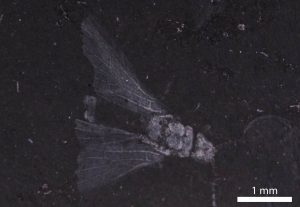
A stonefly from the Solite Quarry (VMNH 497666 Photo credit: Christina Byrd)
“SeAVP has always been a fairly informal group, never having an official membership or society, but it’s been great to still be able to pull people together for a small conference and get people talking with folks they may not have if it were a large meeting. It was definitely a team effort, and the VMNH staff was instrumental to making it happen. We’re happy to have been home to SeAVP this year, and are looking forward to next year in Tennessee!” said Dr. Hastings.

